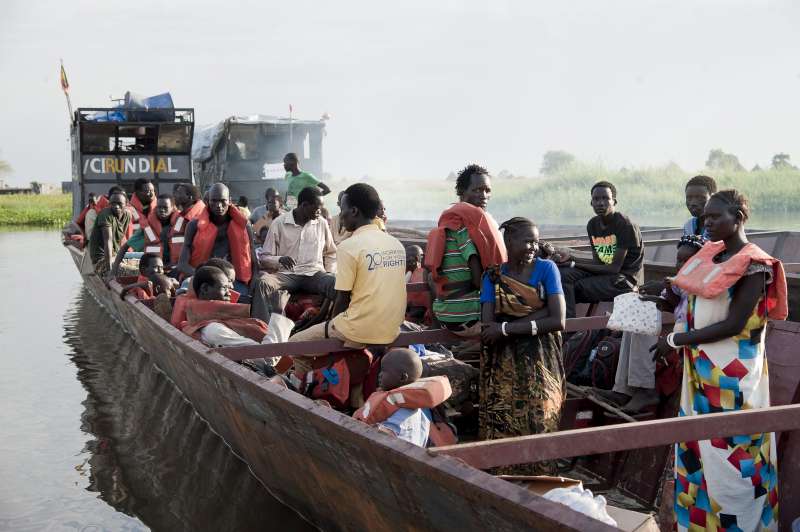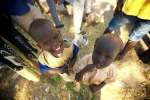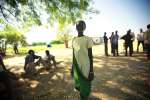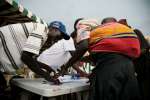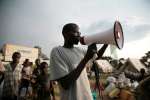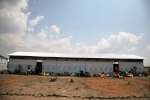Thousands flee South Sudan fighting to Democratic Republic of the Congo
News Stories, 4 December 2015
GENEVA, Dec 4 (UNHCR) – Recent fighting between local armed groups and the South Sudan army in the country's Western Equatoria region has forced over 4,000 people to flee into a remote corner of eastern Democratic Republic of the Congo (DRC), the UN Refugee Agency said.
Two UNHCR teams have so far this week registered 3,464 newly arrived refugees in areas near the border in DRC's Dungu Territory, following clashes between the army and an armed group known as the "Arrow Boys."
They also report that 1,206 Congolese refugees, previously in South Sudan, have fled to the same area as a result of the fighting. Ezo settlement in South Sudan, which was originally home to nearly 3,300 Congolese refugees, is now virtually empty, with the remaining refugee families having fled to nearby fields.
Registration of refugees in the Democratic Republic of the Congo is ongoing in areas along the border and more arrivals are being reported. UNHCR's nearest office is some 400 kilometres away in Bunia, and it took the teams several days to reach the localities where refugees are.
Ninety per cent of the South Sudanese refugees are women and children. Some had walked for three days, carrying only their most important belongings. Most men have stayed behind in South Sudan.
"While some refugees have been sleeping in the open or in abandoned huts without roofing, most are being sheltered by local families, among them former Sudanese refugees from earlier conflicts," UNHCR spokesperson Adrian Edwards told a press briefing in Geneva.
"Refugees say their most urgent needs are shelter, food and medical care. The nearest hospital is about 80 kilometres away. Further assessments will help determine the support needed. Many say that will not return to South Sudan if there is no peace," he added.
South Sudan's conflict erupted in Juba two years ago this month. It has so far forced 2.3 million people to flee their homes, 650,000 of these across borders as refugees and 1.65 million displaced inside the country.
Most of the refugees are in Ethiopia (226,000), Sudan (198,000), Uganda (172,000) and Kenya (49,000). Even with these conditions, South Sudan continues to host 265,701 refugees from the South Kordofan and Blue Nile areas of neighbouring Sudan.




